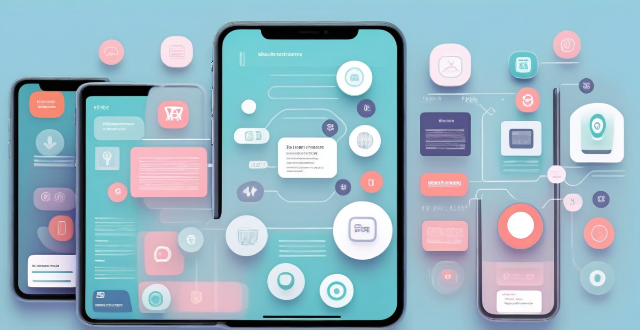Infrared technology in phone remote apps is a convenient way to control various devices such as TVs, air conditioners, and other appliances. The main components include an infrared transmitter, receiver, microcontroller, and app. The working principle involves pairing the phone with the device, sending commands through the app, converting them into infrared signals by the microcontroller, receiving and executing them by the device, and providing feedback to the user. Overall, this technology allows for easy control of devices using a phone.

Infrared Technology in Phone Remote Apps
Infrared technology is a common feature in phone remote apps, allowing users to control various devices such as TVs, air conditioners, and other appliances. The following are the main components and working principles of infrared technology in phone remote apps:
Main Components
- Infrared Transmitter: A small infrared LED that emits infrared light waves.
- Infrared Receiver: A sensor that detects infrared light waves.
- Microcontroller: A chip that controls the infrared transmitter and receiver.
- App: An application installed on the phone that sends commands to the microcontroller.
Working Principles
1. Pairing: First, pair the phone with the device to be controlled by entering the device's code or scanning its infrared signal. This establishes a connection between the phone and the device.
2. Command Sending: When you want to control the device, open the app on your phone and select the corresponding function (such as turning on/off, adjusting volume, changing channels, etc.). The app will then send a command to the microcontroller.
3. Signal Conversion: The microcontroller receives the command from the app and converts it into an infrared signal using the infrared transmitter.
4. Signal Reception: The infrared receiver on the device receives the infrared signal and converts it into an electrical signal that can be recognized by the device.
5. Device Response: After receiving the electrical signal, the device performs the corresponding action (such as turning on/off, adjusting volume, changing channels, etc.) according to the command.
6. Feedback: Some apps can display the status of the device (such as whether it is turned on/off, current volume, channel number, etc.) in real-time through the infrared receiver on the phone.
In summary, infrared technology in phone remote apps works by sending commands from the app to the microcontroller, which then converts them into infrared signals that can be received and executed by the device. This allows users to easily control various devices with their phones.